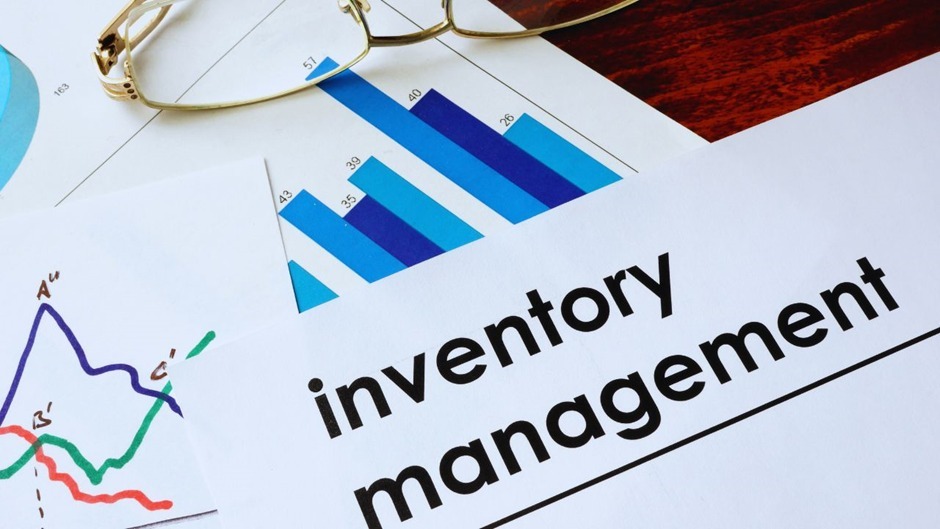Inventory Management: A Comprehensive Guide

Inventory management is a critical function within any organization that involves the planning, organizing, and control of inventory levels. Effective inventory management ensures that there is sufficient stock to meet customer demand while minimizing costs associated with excess inventory or stockouts.
This blog post will explore the key components of inventory management, best practices, and the challenges and opportunities facing businesses today.
Key Inventory Management Techniques
Economic Order Quantity (EOQ):
EOQ calculates the optimal order quantity that minimizes the total cost of inventory, considering ordering costs and holding costs.
Factors influencing EOQ include annual demand, ordering cost per order, and holding cost per unit.
EOQ can be a useful tool for determining the optimal order quantity for items with relatively stable demand and predictable lead times.
ABC Analysis:
ABC analysis categorizes inventory items into three categories based on their value and usage:
A items: High-value, high-usage items (e.g., best-selling products)
B items: Moderate-value, moderate-usage items
C items: Low-value, low-usage items
By focusing management efforts on A items, businesses can optimize inventory levels and reduce costs.
ABC analysis can be used to determine appropriate inventory control measures, such as more frequent stock checks or tighter controls for A items.
Just-in-Time (JIT):
JIT aims to minimize inventory levels by producing goods only as needed, reducing the costs associated with holding inventory.
JIT requires a high degree of coordination between suppliers and manufacturers to ensure timely delivery of materials and components.
It is particularly effective for industries with stable demand and reliable suppliers.
diversifying their supplier base, implementing contingency plans, and building relationships with reliable suppliers.
Technological Advancements:
Technologies like RFID, IoT, and cloud-based inventory management systems can improve inventory visibility, accuracy, and efficiency.
Globalization:
The increasing globalization of supply chains has made inventory management more complex and challenging. Businesses need to consider factors like international shipping, customs regulations, and cultural differences when managing inventory across borders.

Best Practices
Accurate Inventory Data: Implement systems and procedures to ensure that inventory records are accurate and up-to-date. This can involve using barcode scanning, RFID technology, or cycle counting.
Regular Stock Reviews: Conduct regular stock reviews to identify slow-moving or obsolete items. These items can be sold at a discount or disposed of to free up inventory space.
Efficient Order Fulfillment: Implement efficient processes for order fulfillment to minimize lead times and reduce stockouts. This includes factors like picking, packing, and shipping.
Supplier Relationship Management: Build strong relationships with suppliers to ensure a reliable supply of goods and negotiate favorable terms. This can involve regular communication, collaboration, and performance evaluations.
Risk Management: Develop strategies to mitigate supply chain risks, such as disruptions or price fluctuations. This may involve diversifying suppliers, implementing contingency plans, and using risk management tools.
By understanding these key components, challenges, and best practices, businesses can effectively manage their inventory, reduce costs, improve customer satisfaction, and enhance overall business performance.
Conclusion
Effective inventory management is essential for the success of any business. By understanding the key components of inventory management, implementing best practices, and addressing challenges, businesses can optimize their inventory levels, reduce costs, and improve customer satisfaction.
Learn more about how the 7th Mile Shift can help you optimize your inventory management. Visit our website or contact us today.
Read More..
What are the Technologies Are Involved in Supply Chain Digitization?
